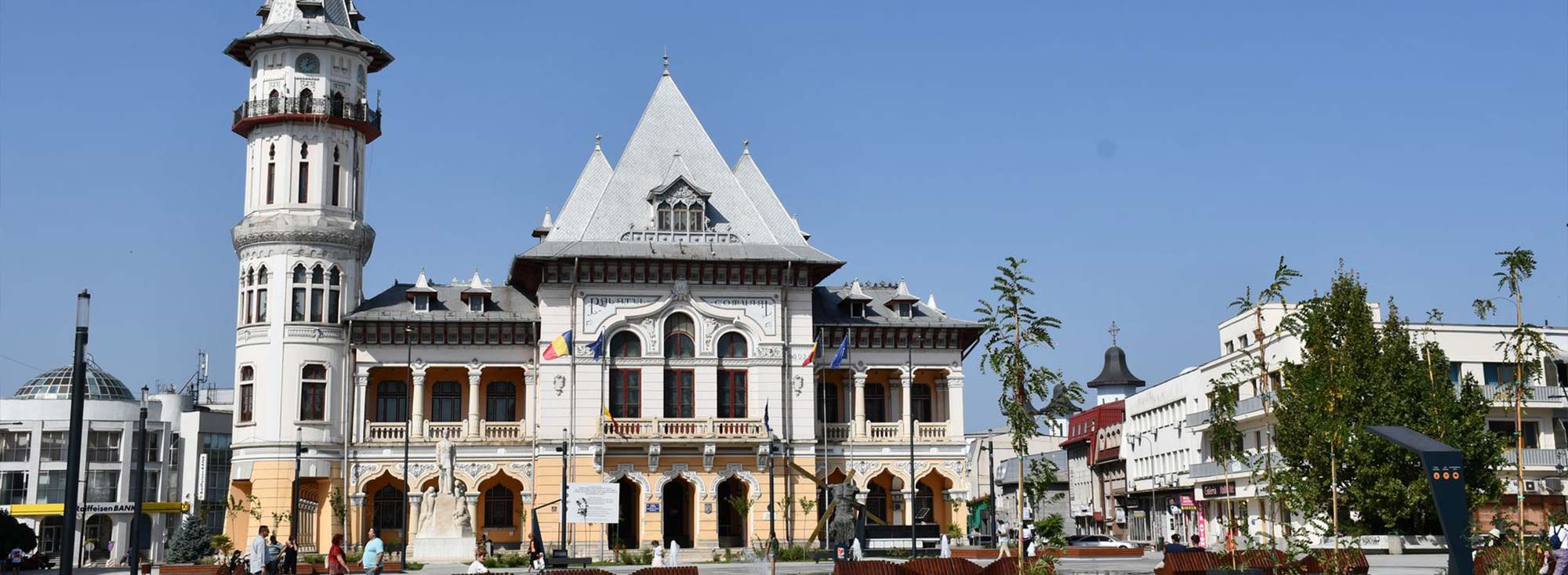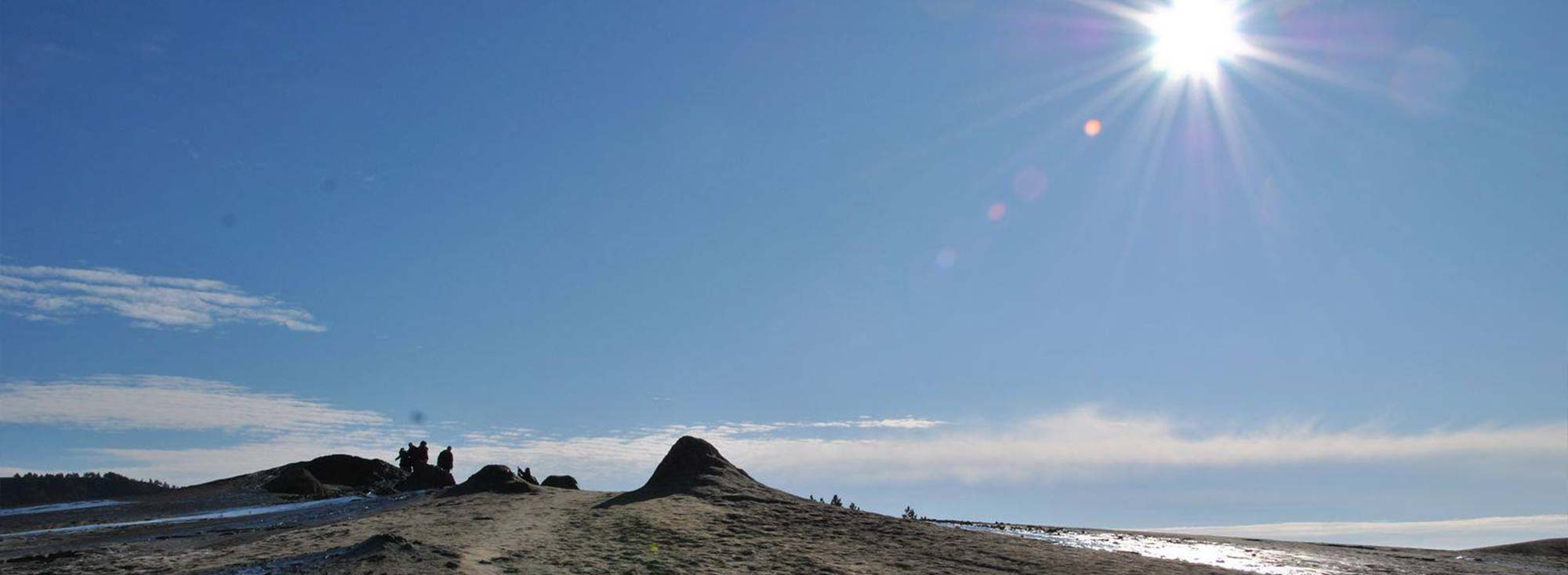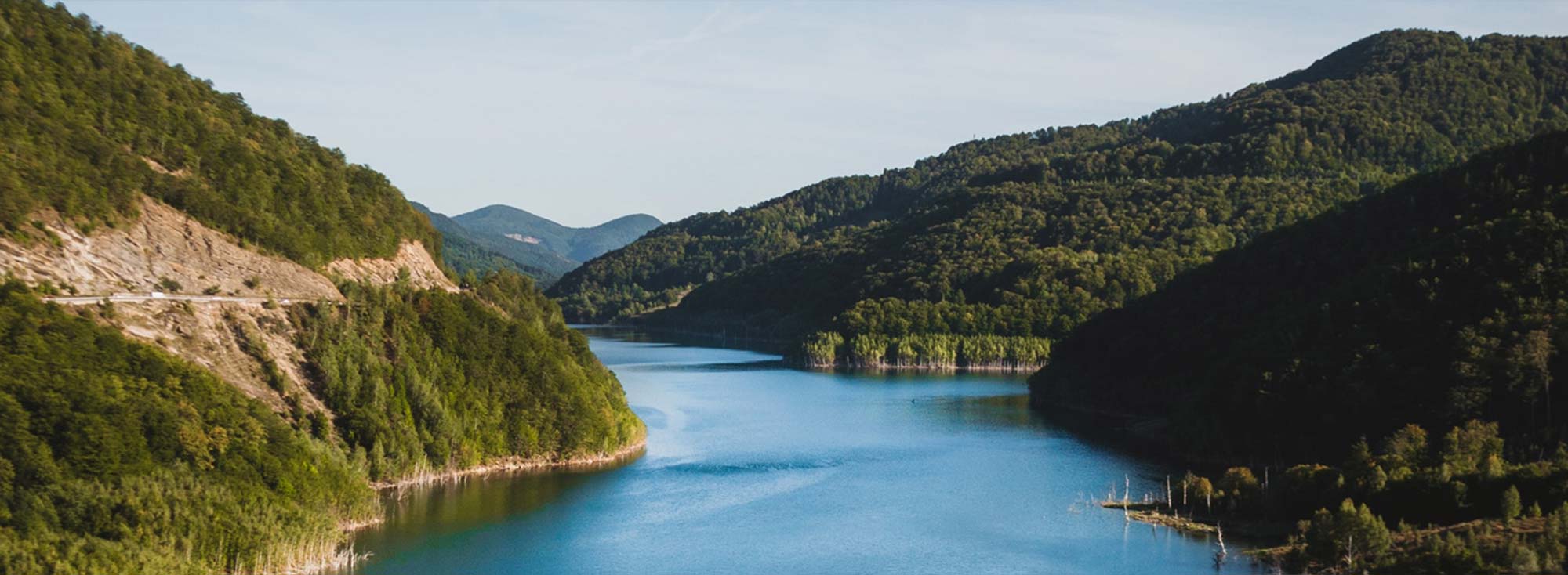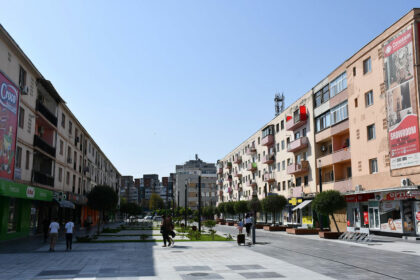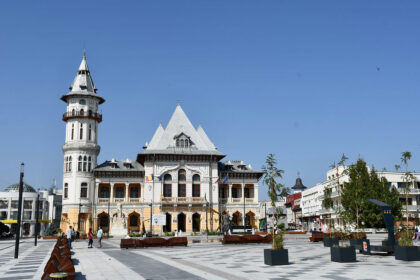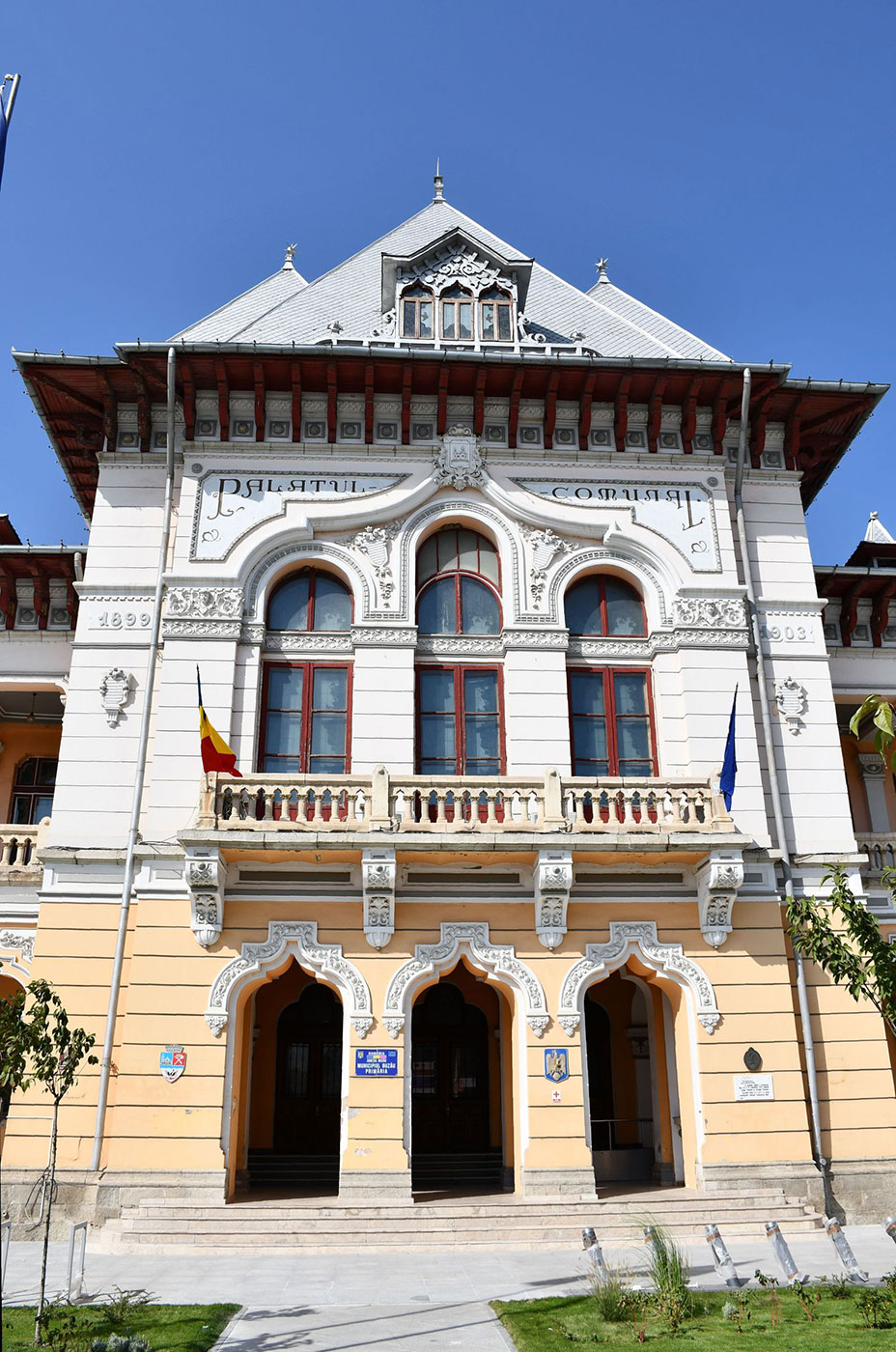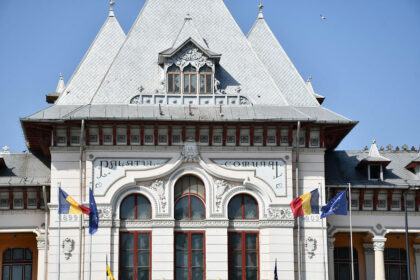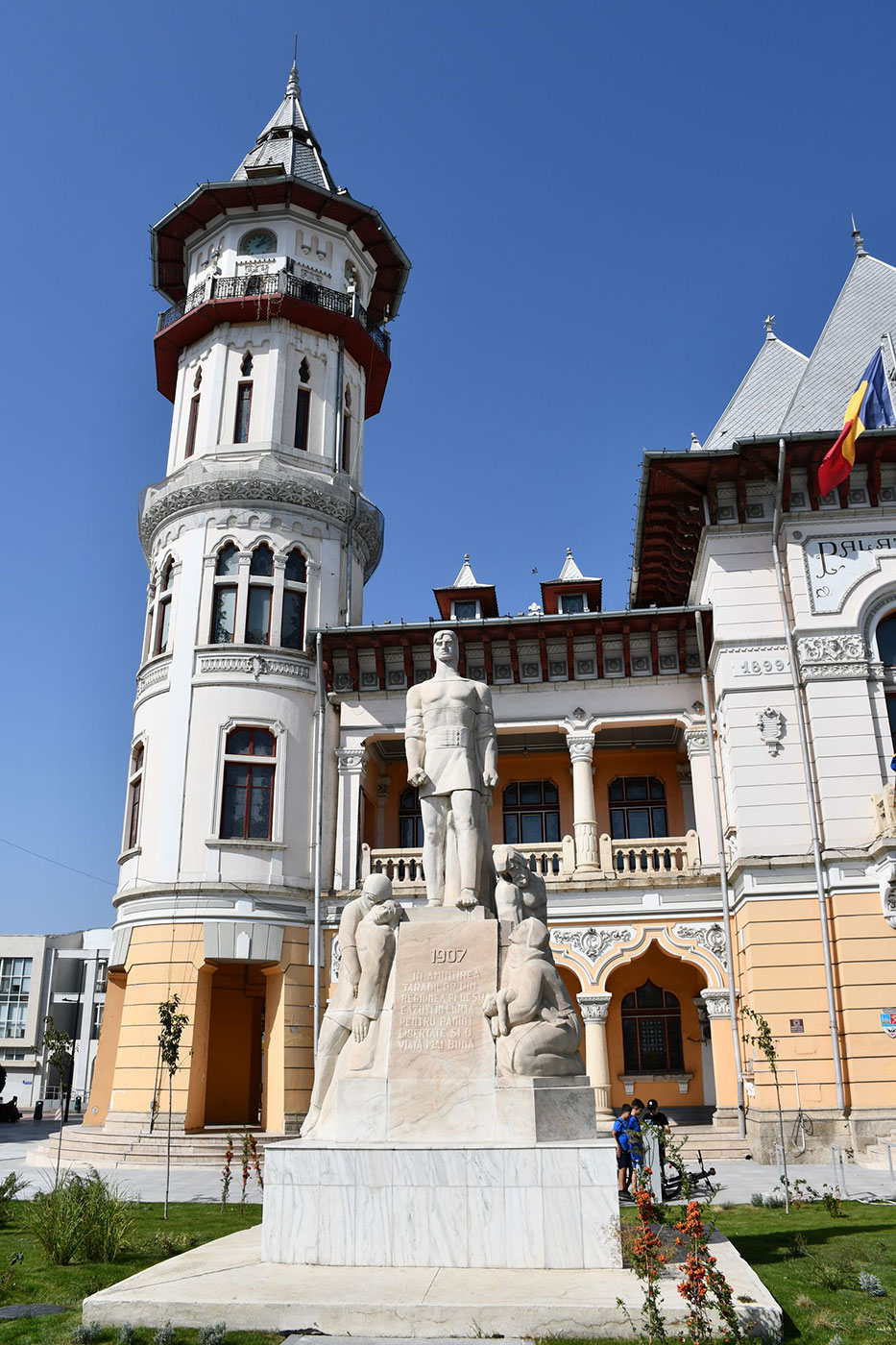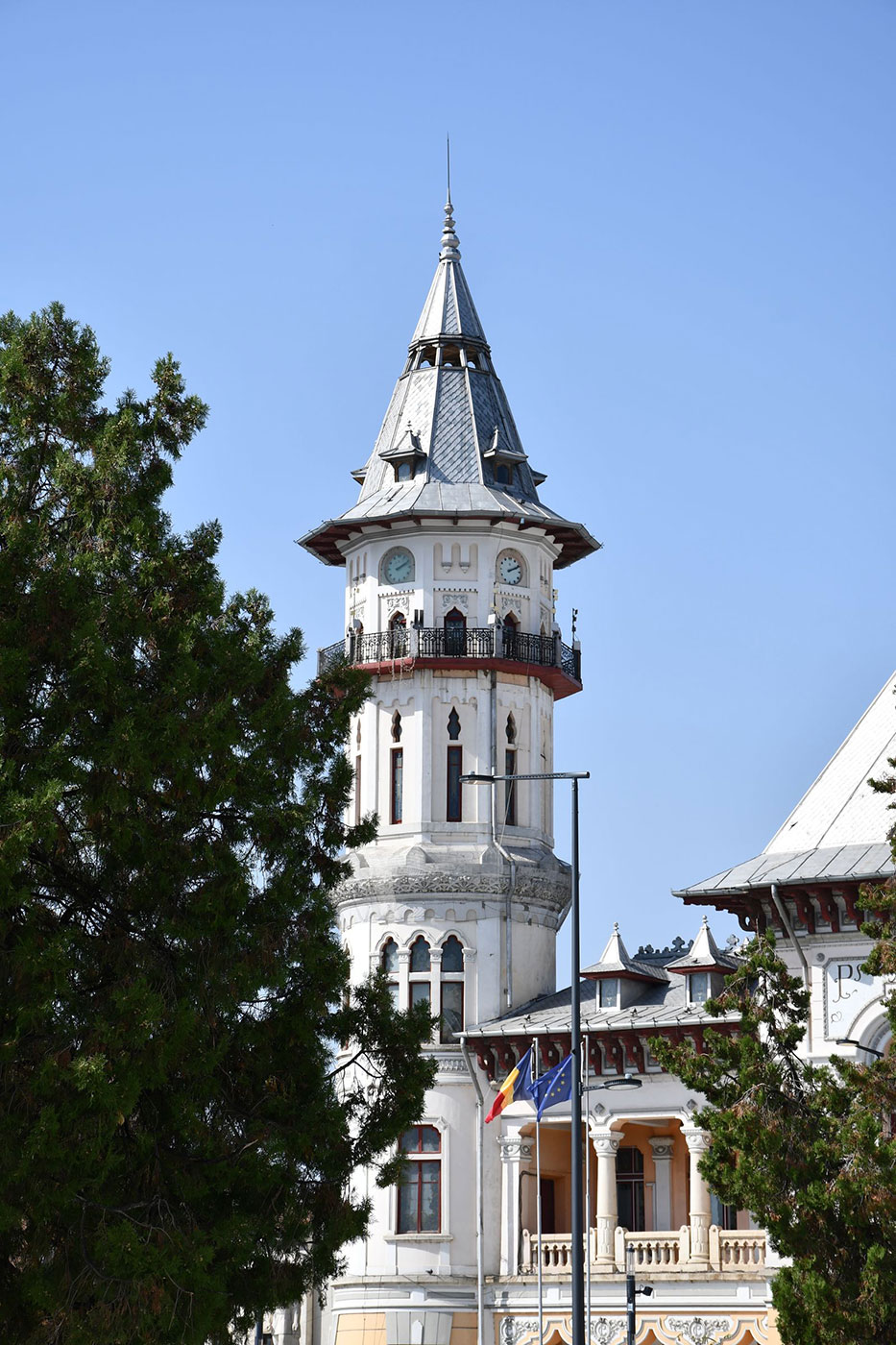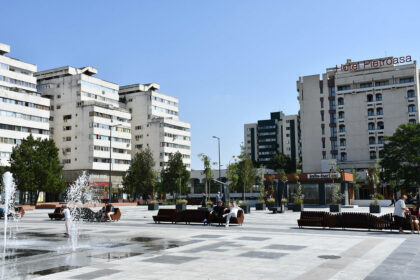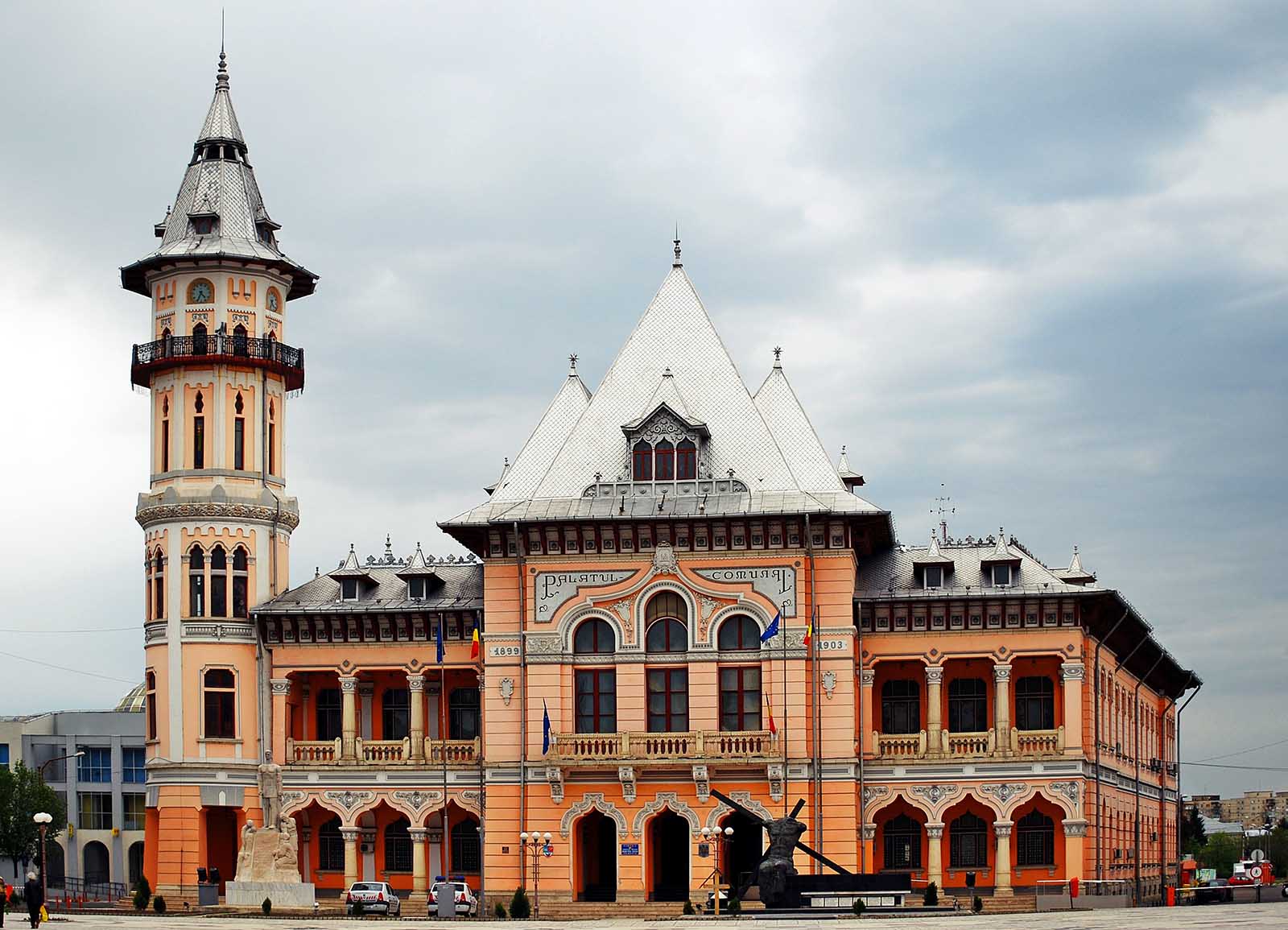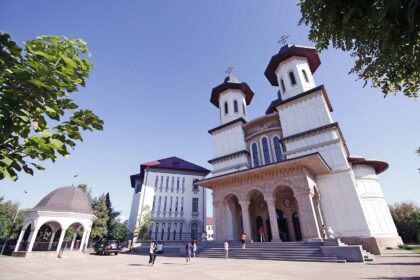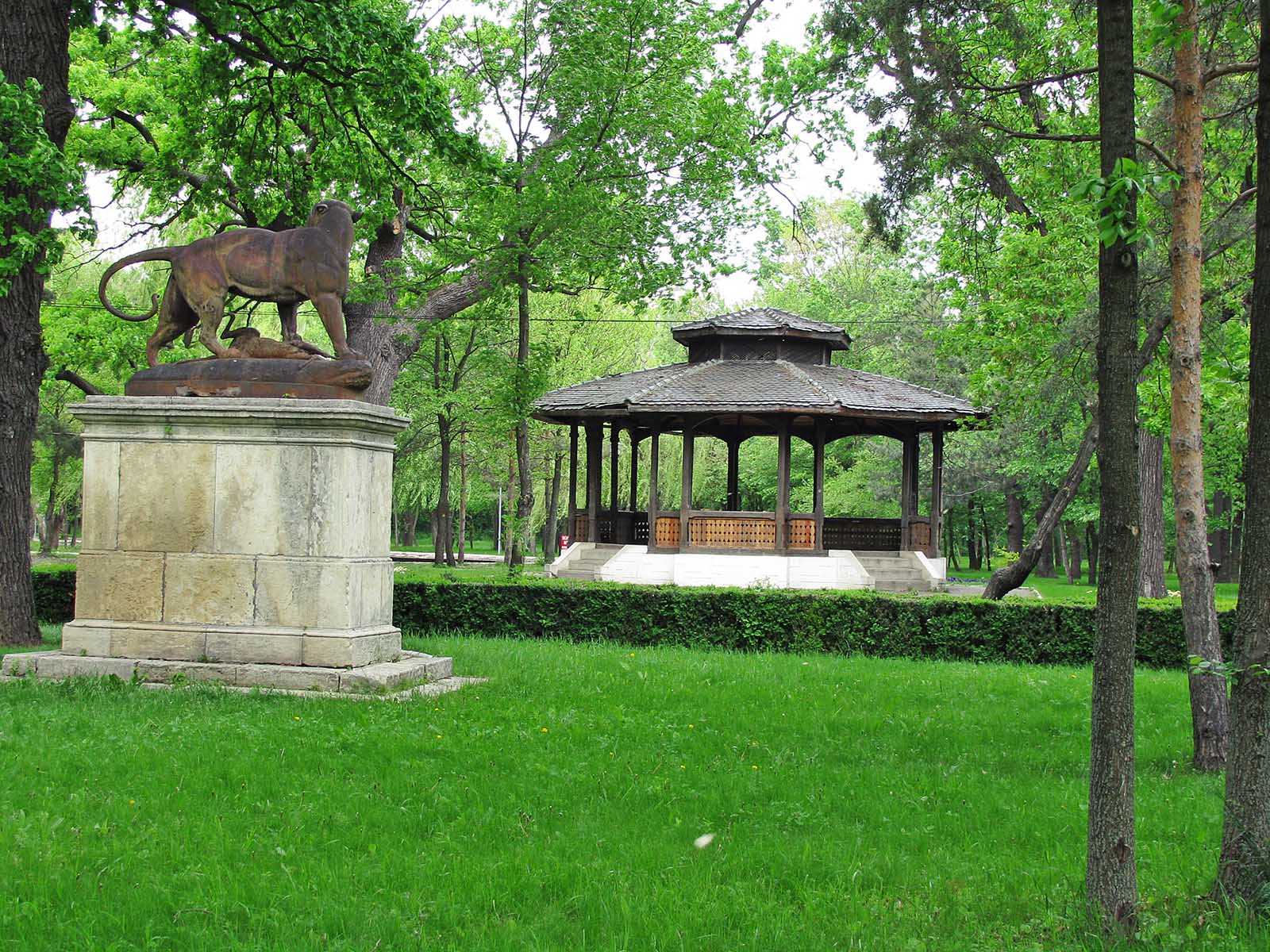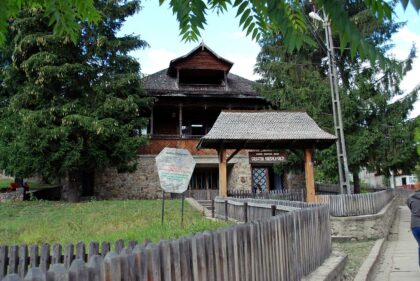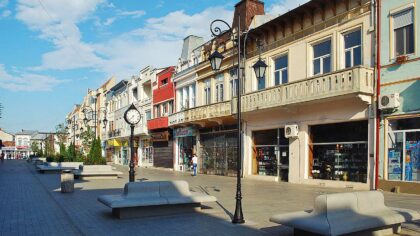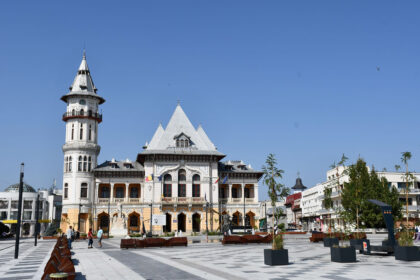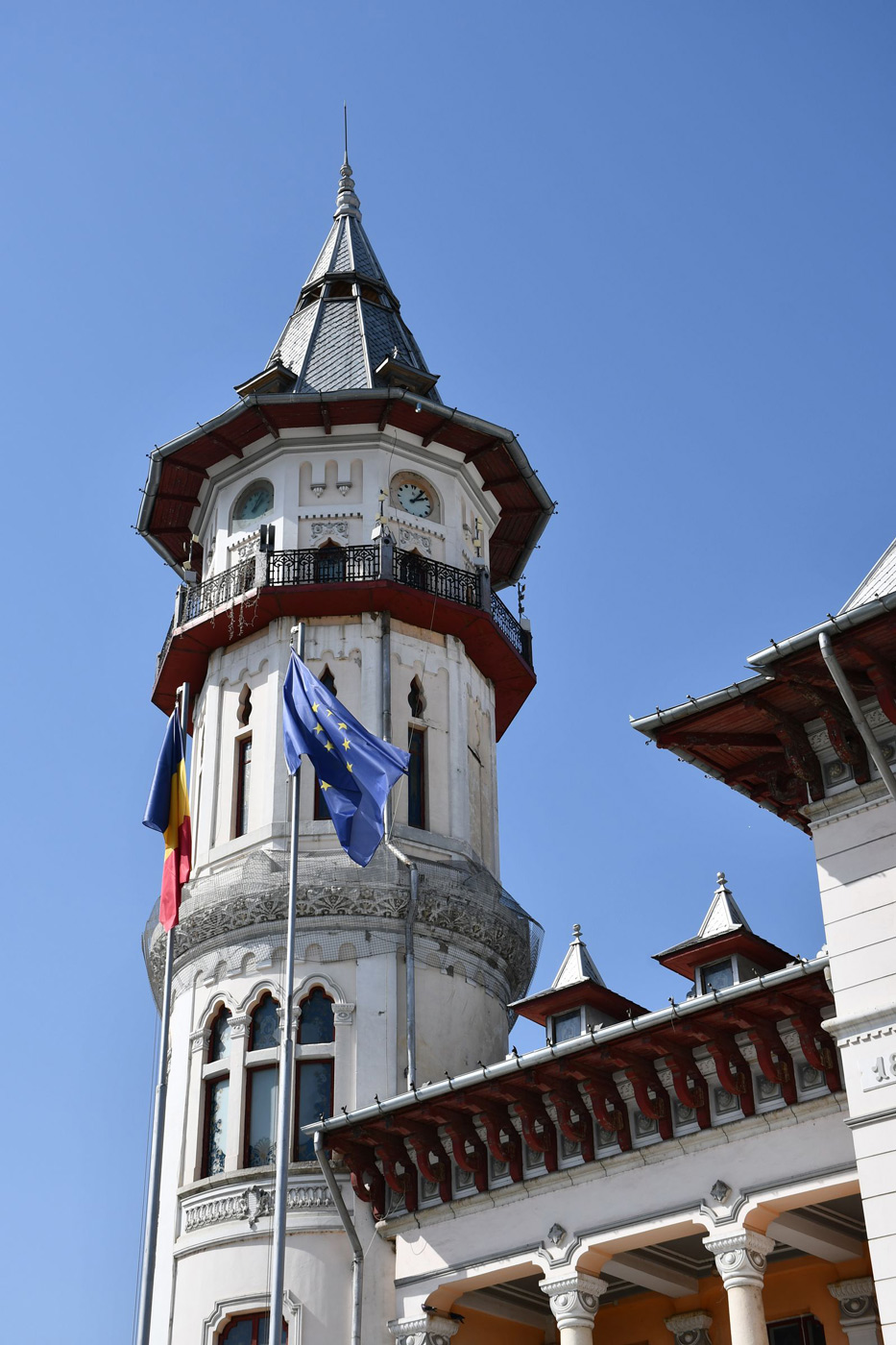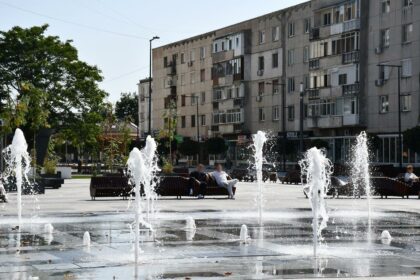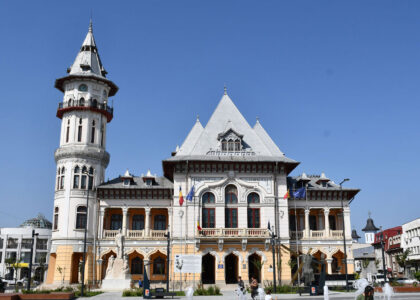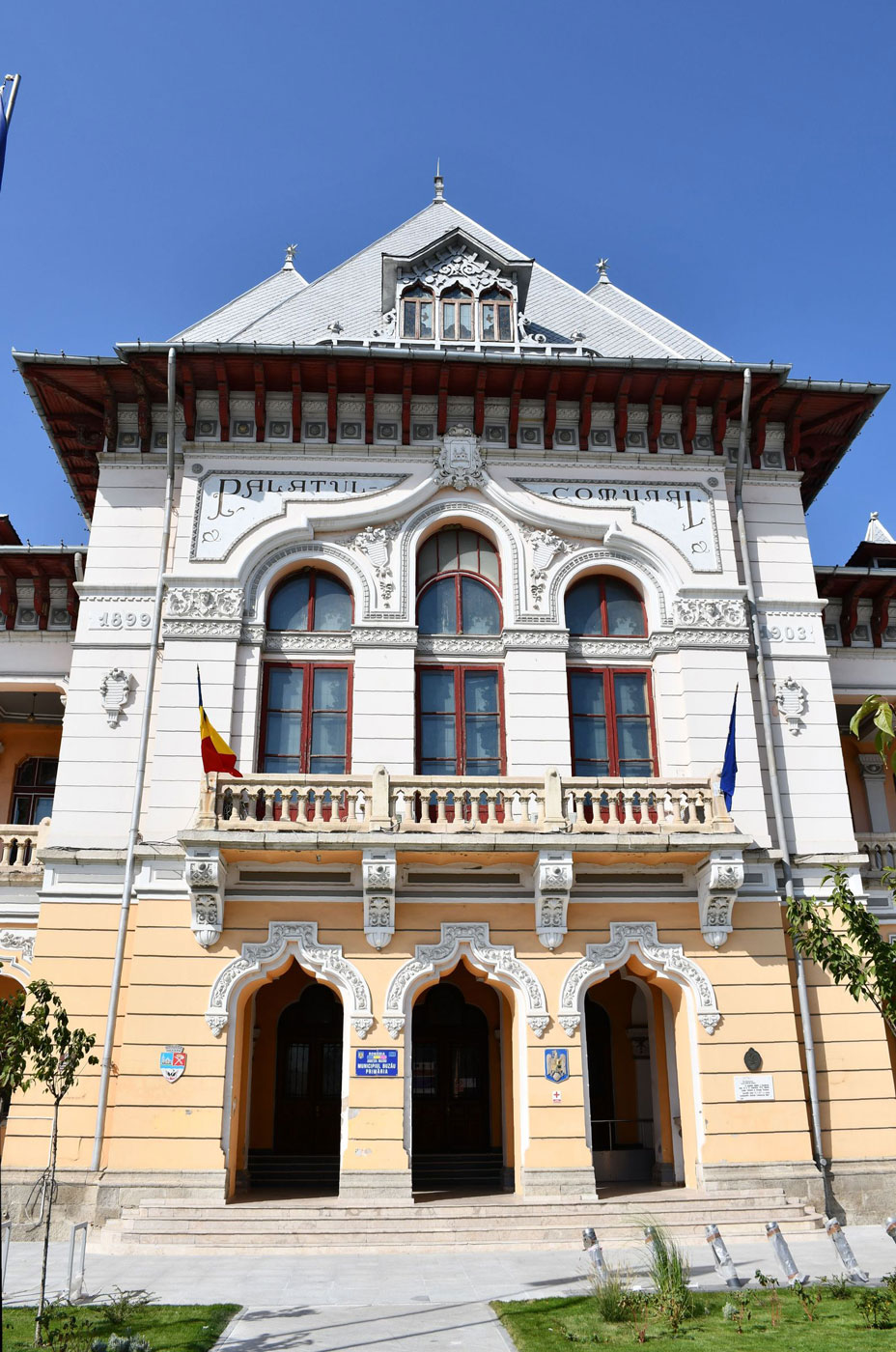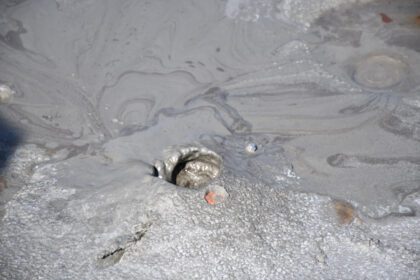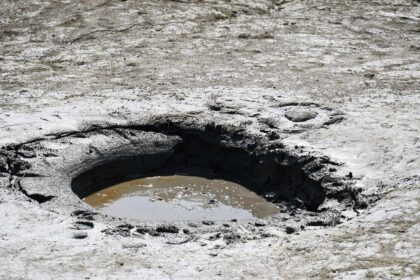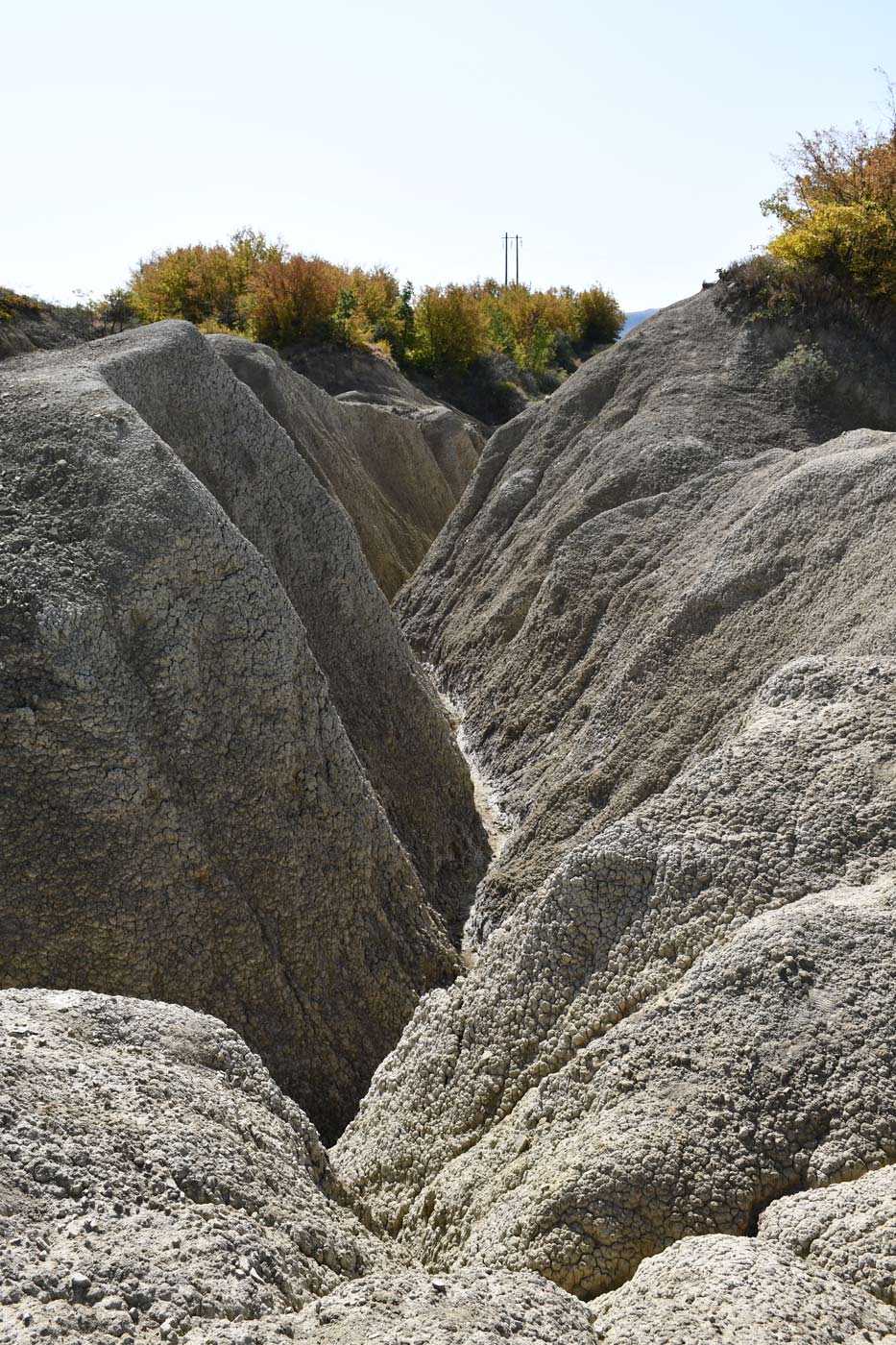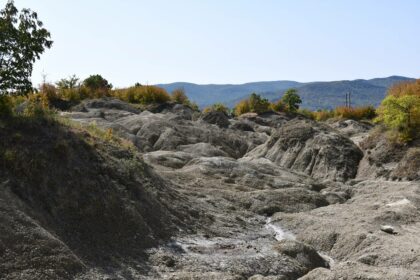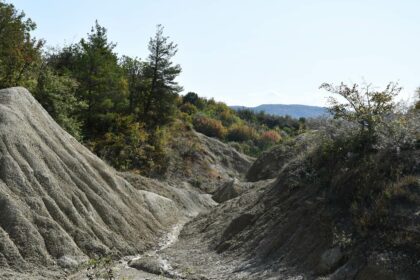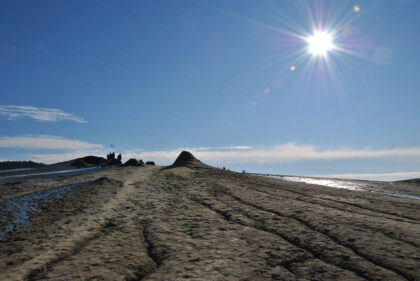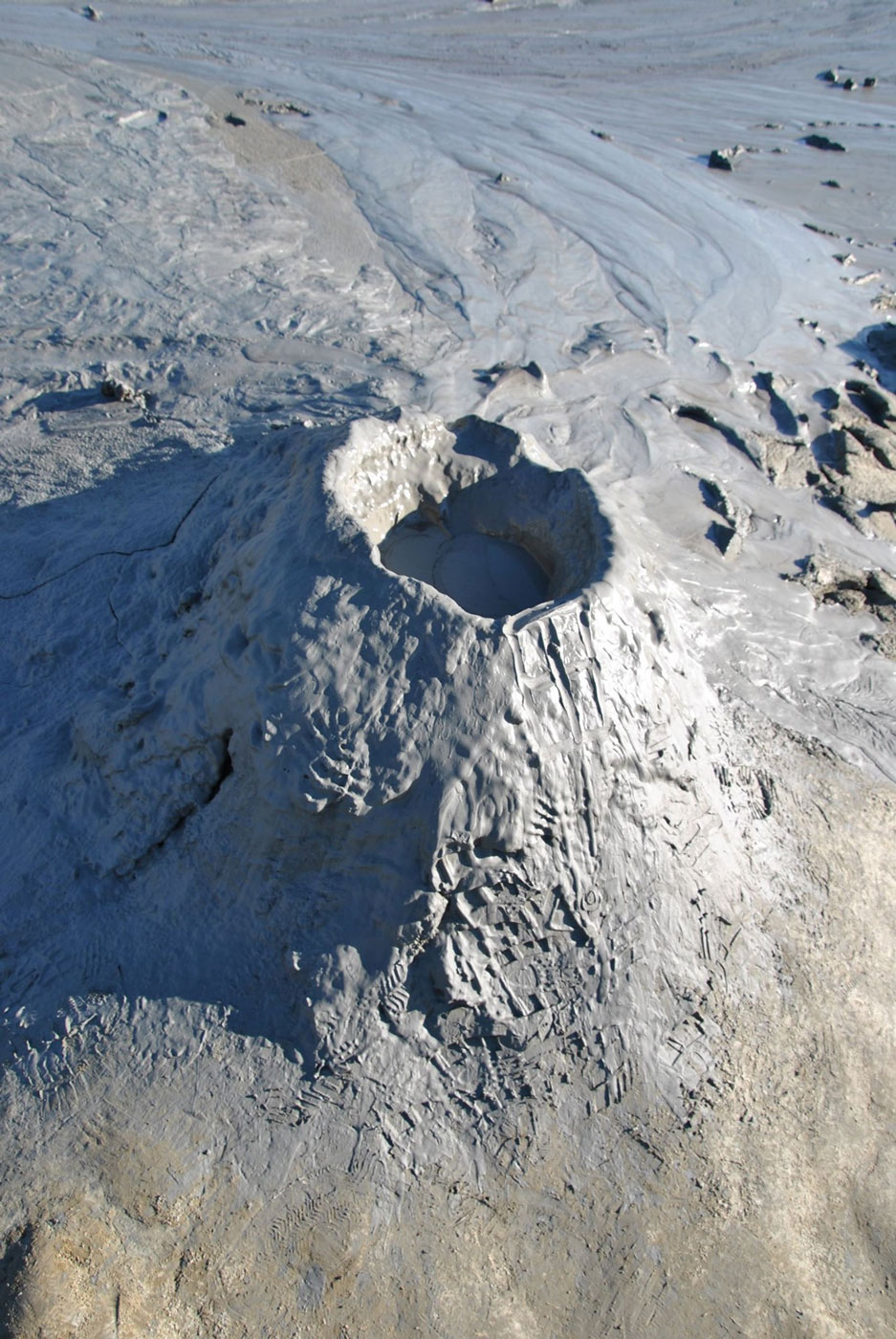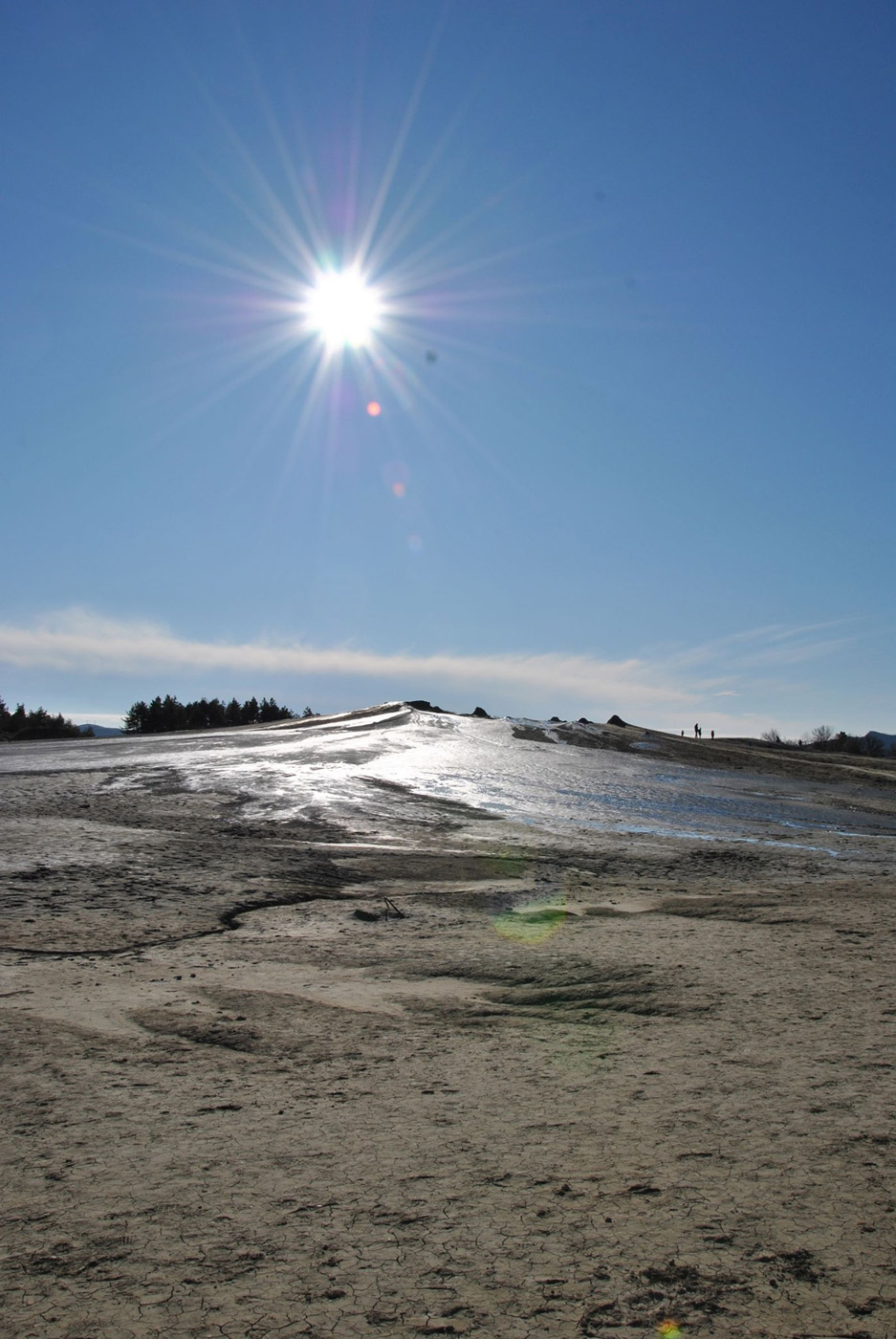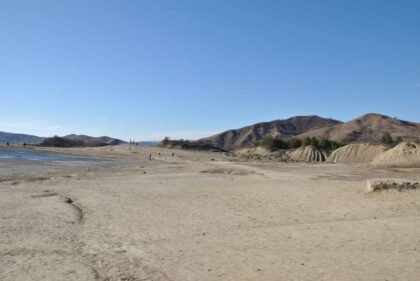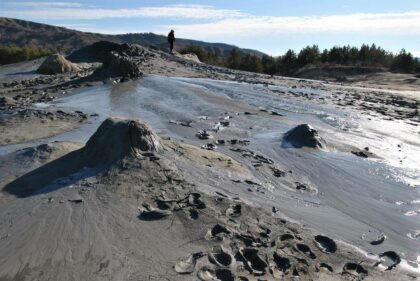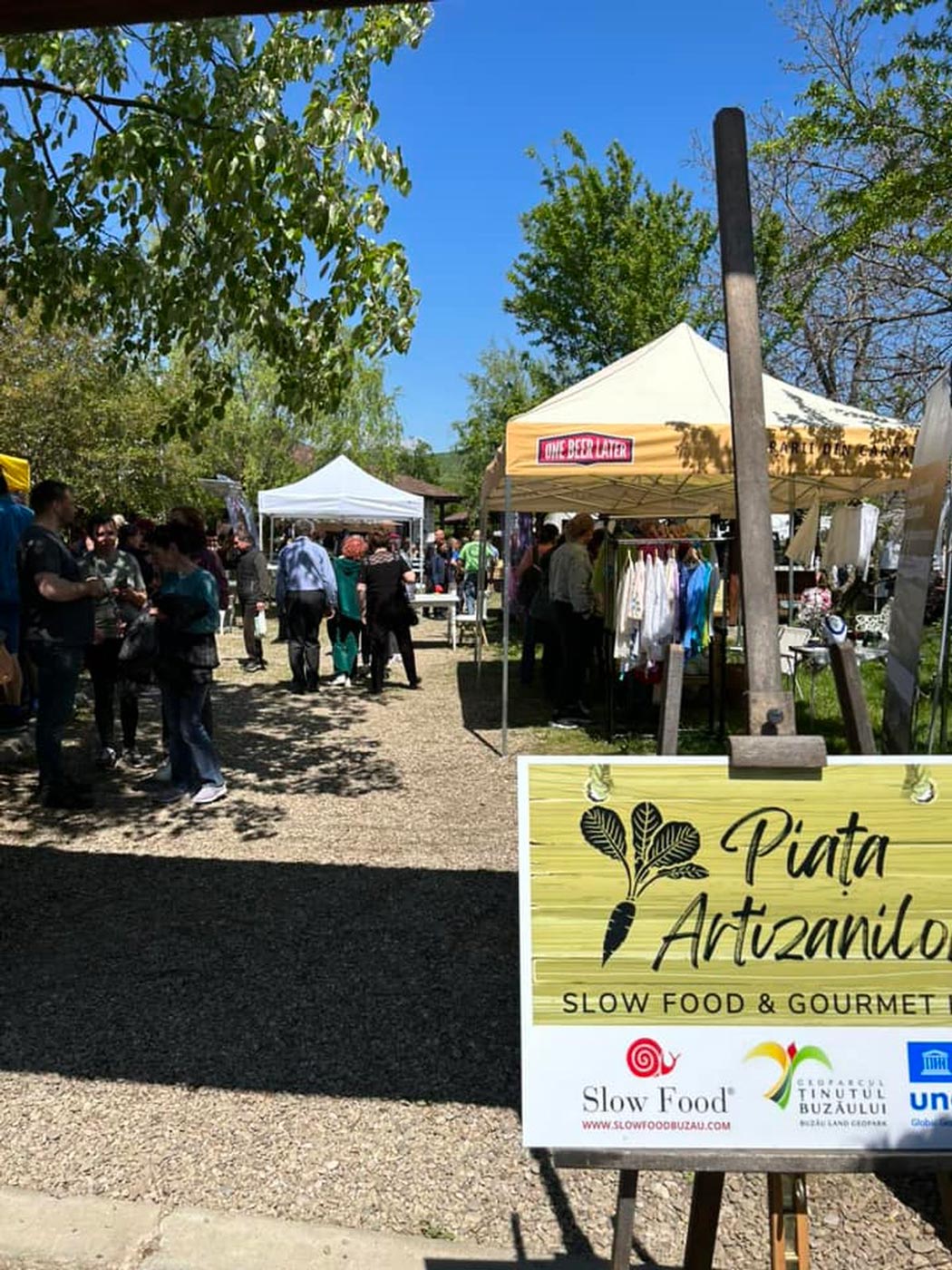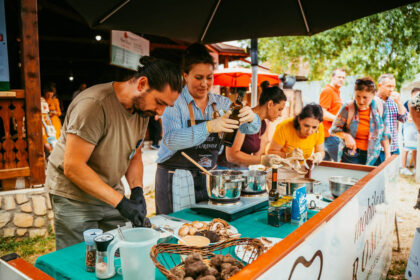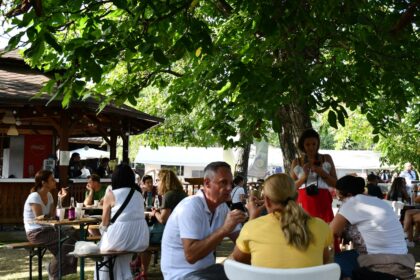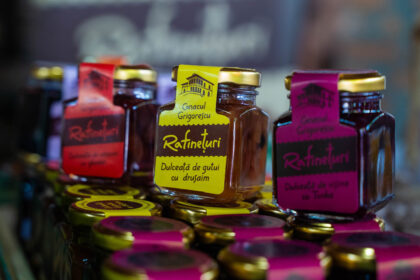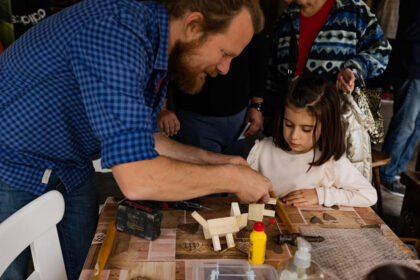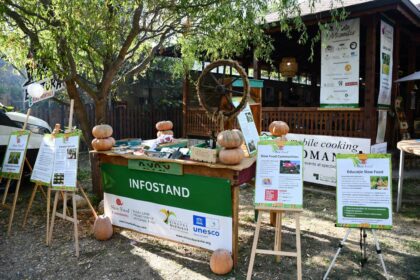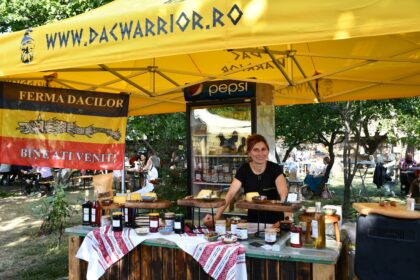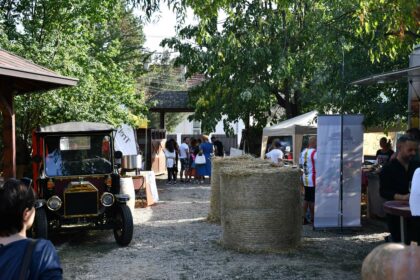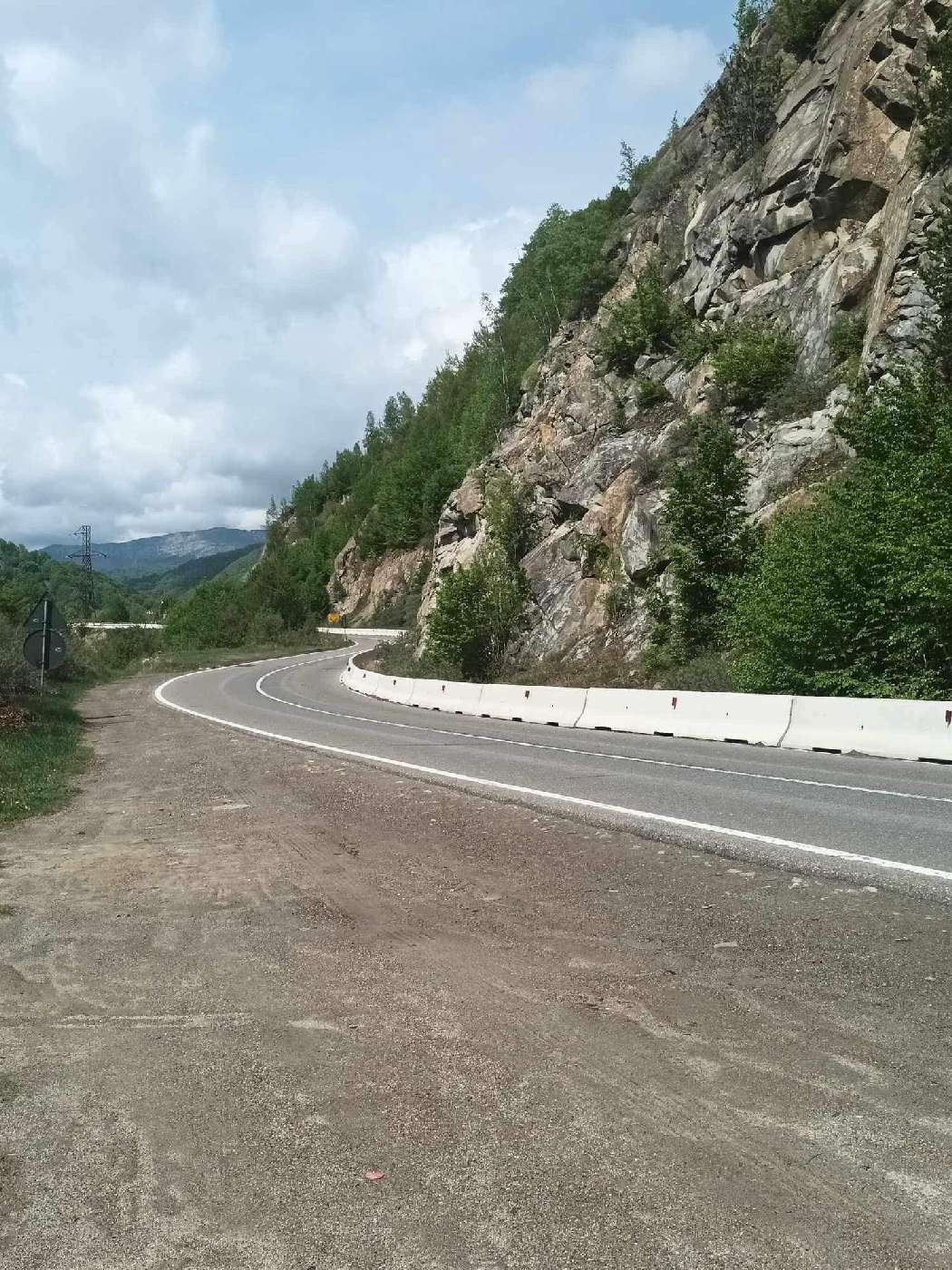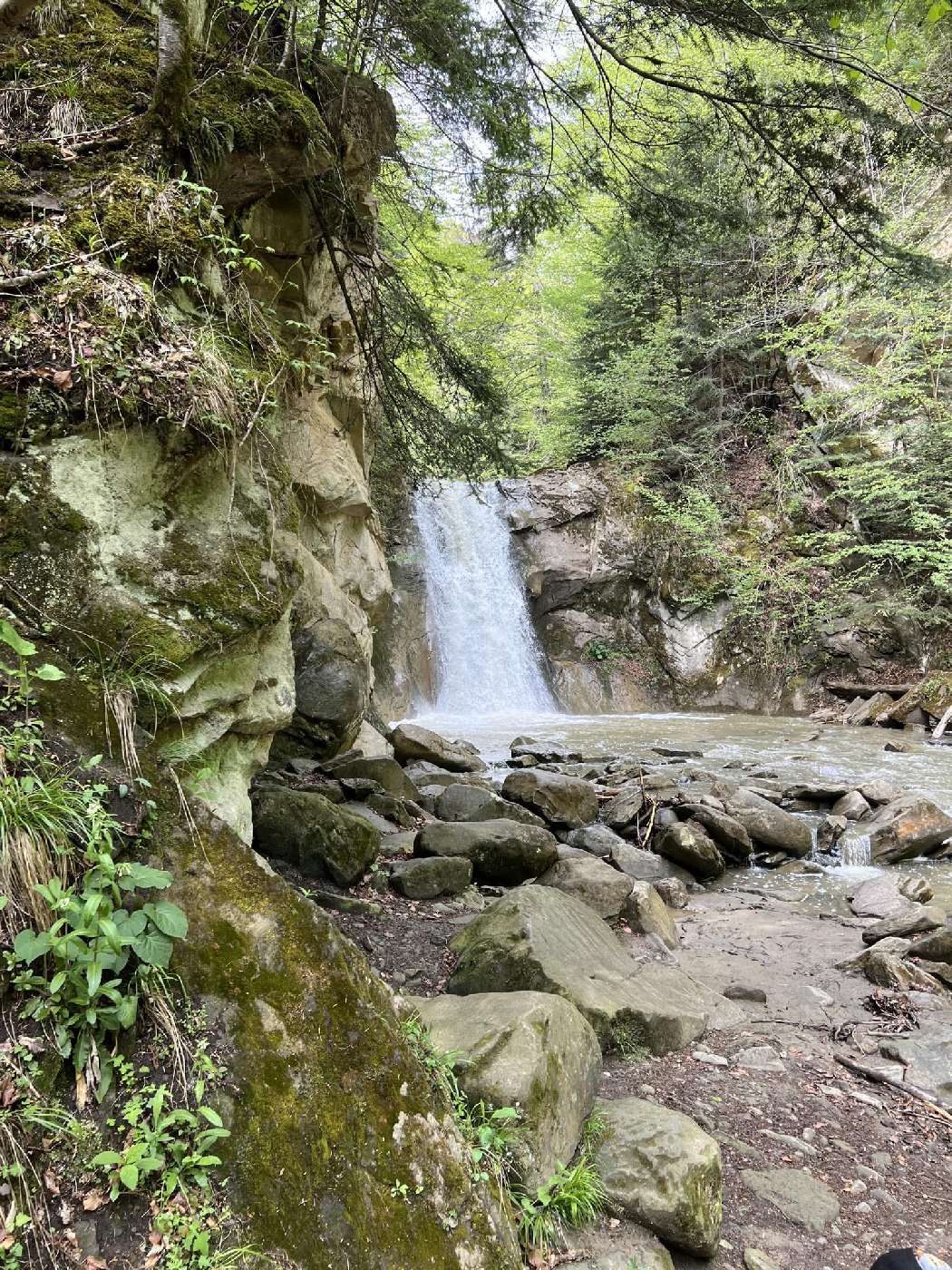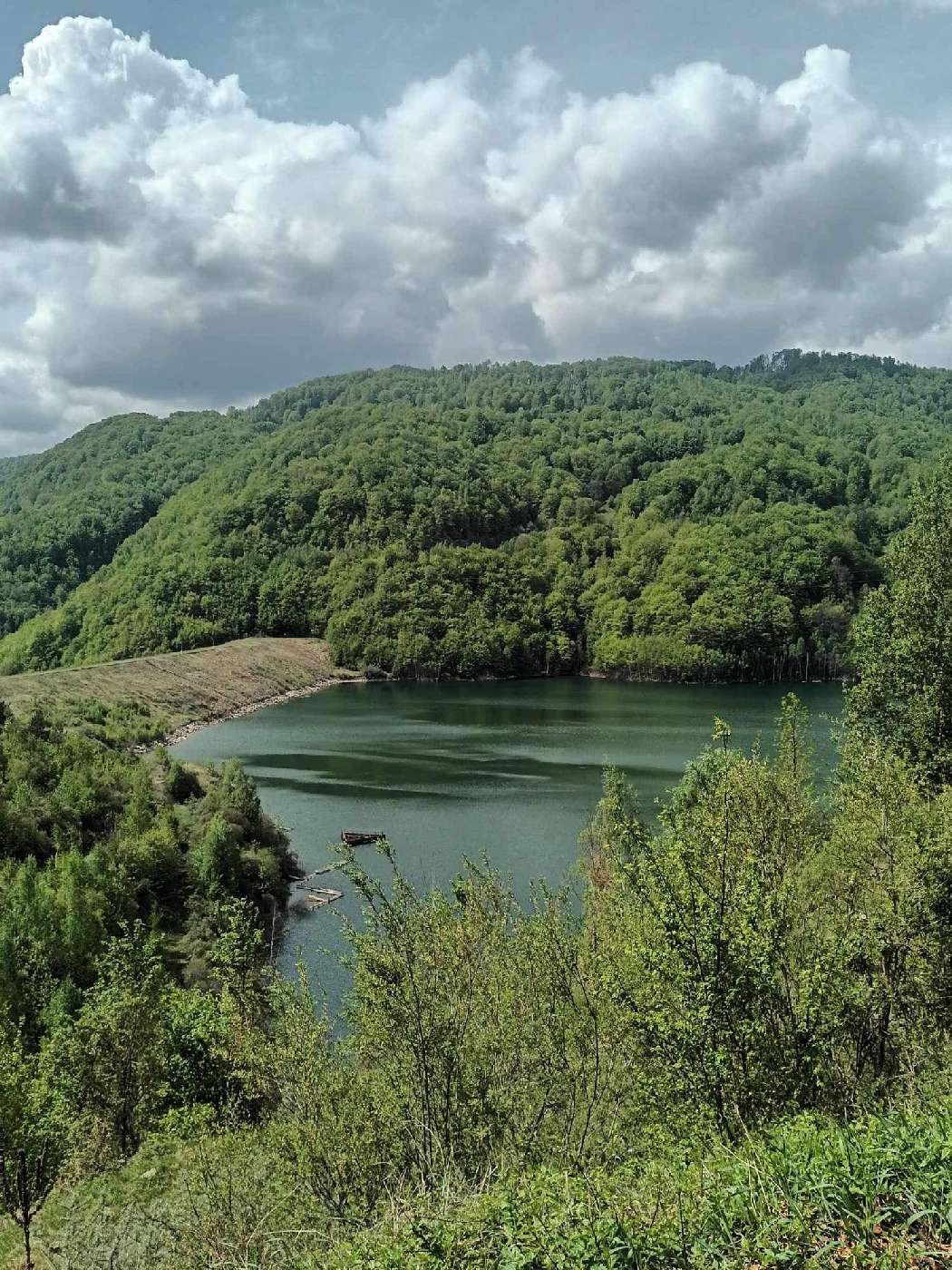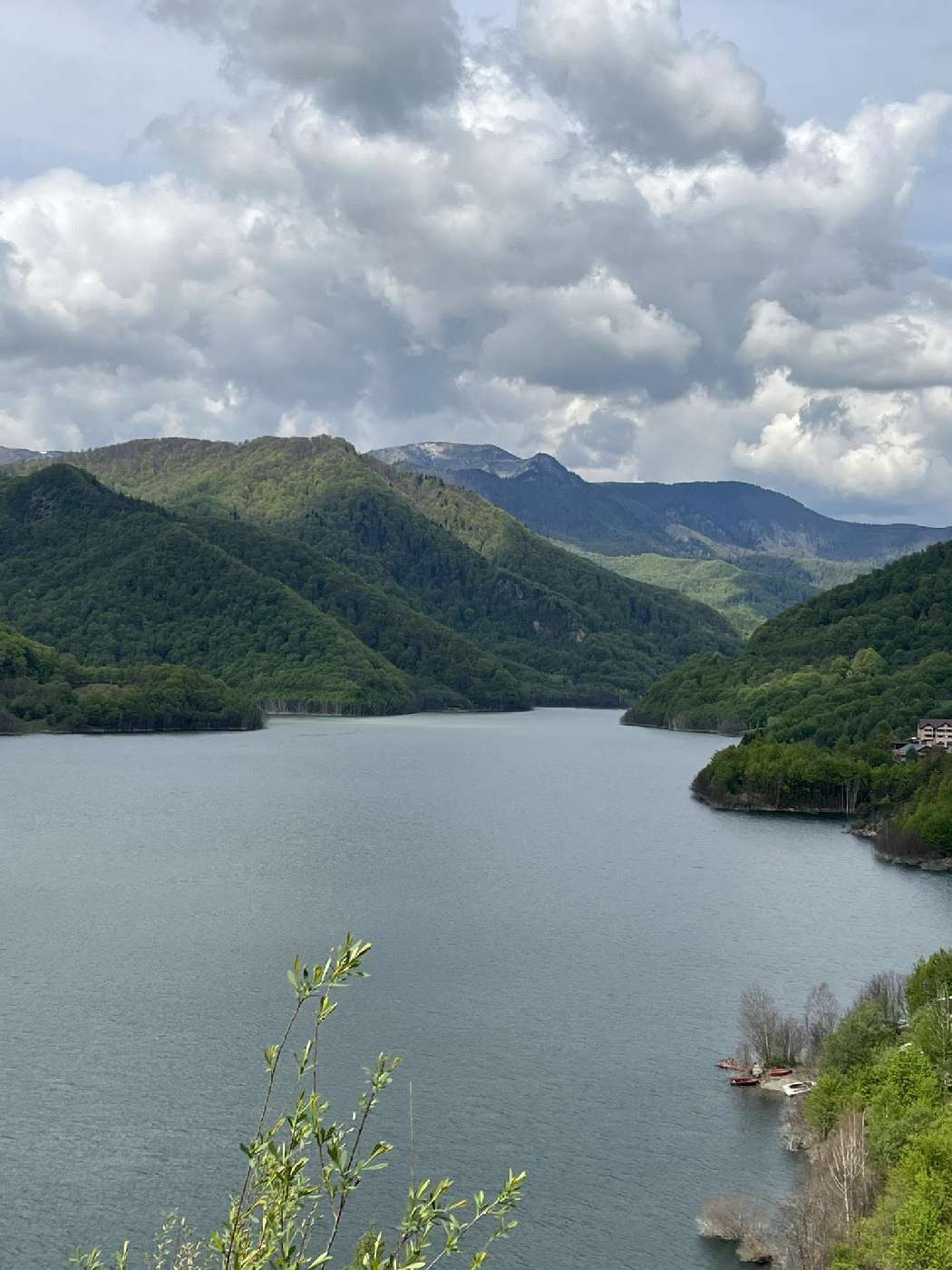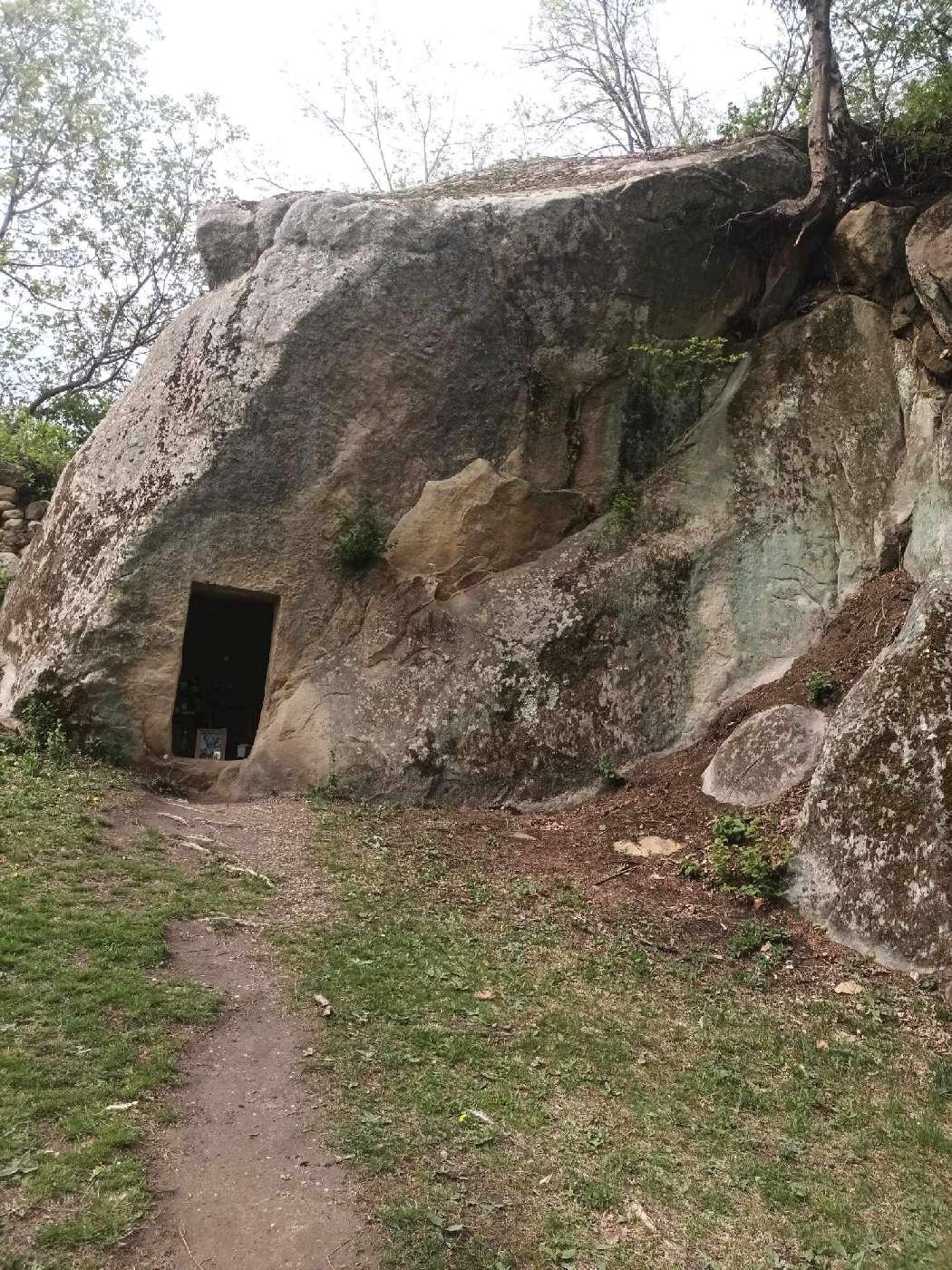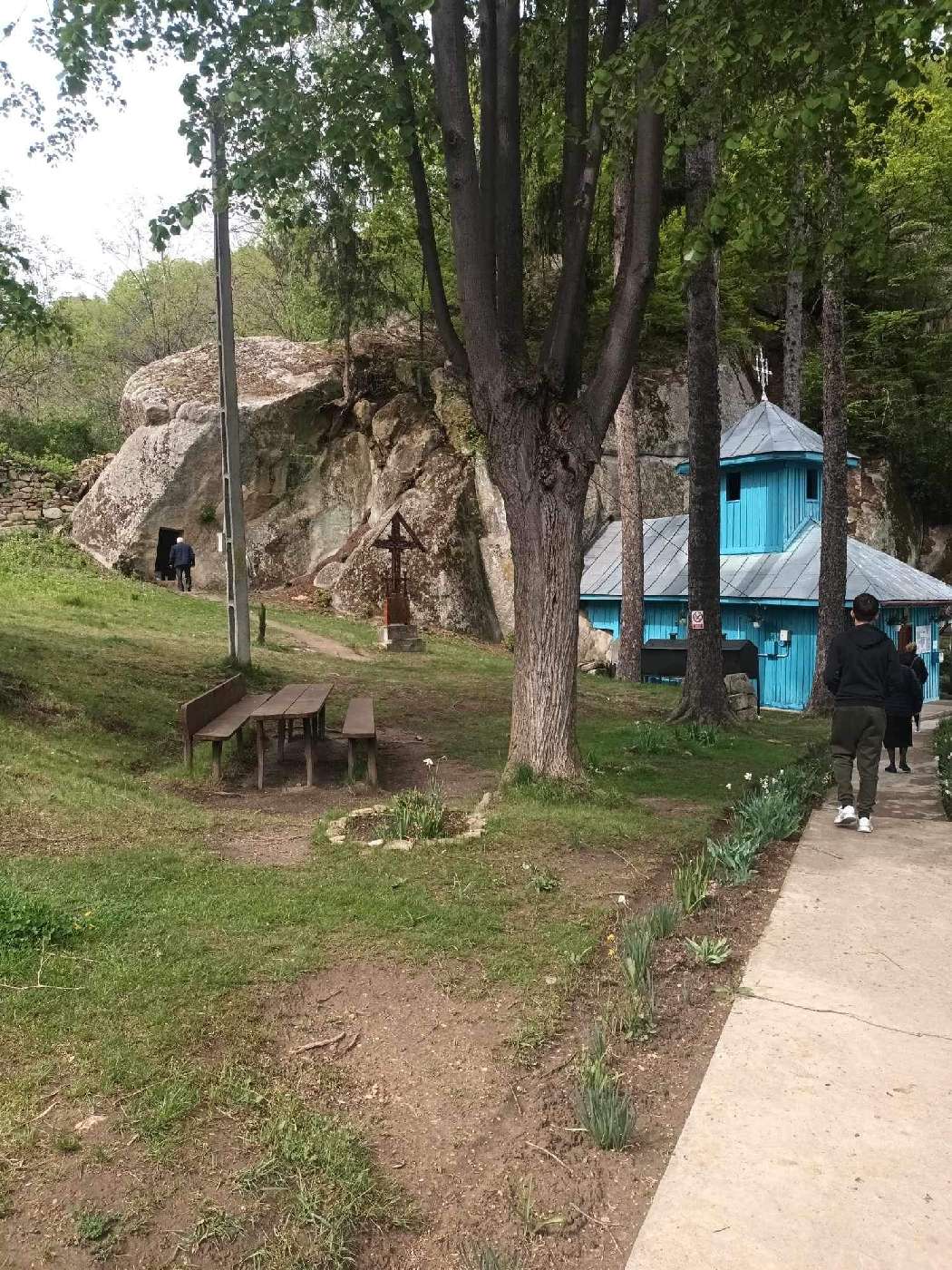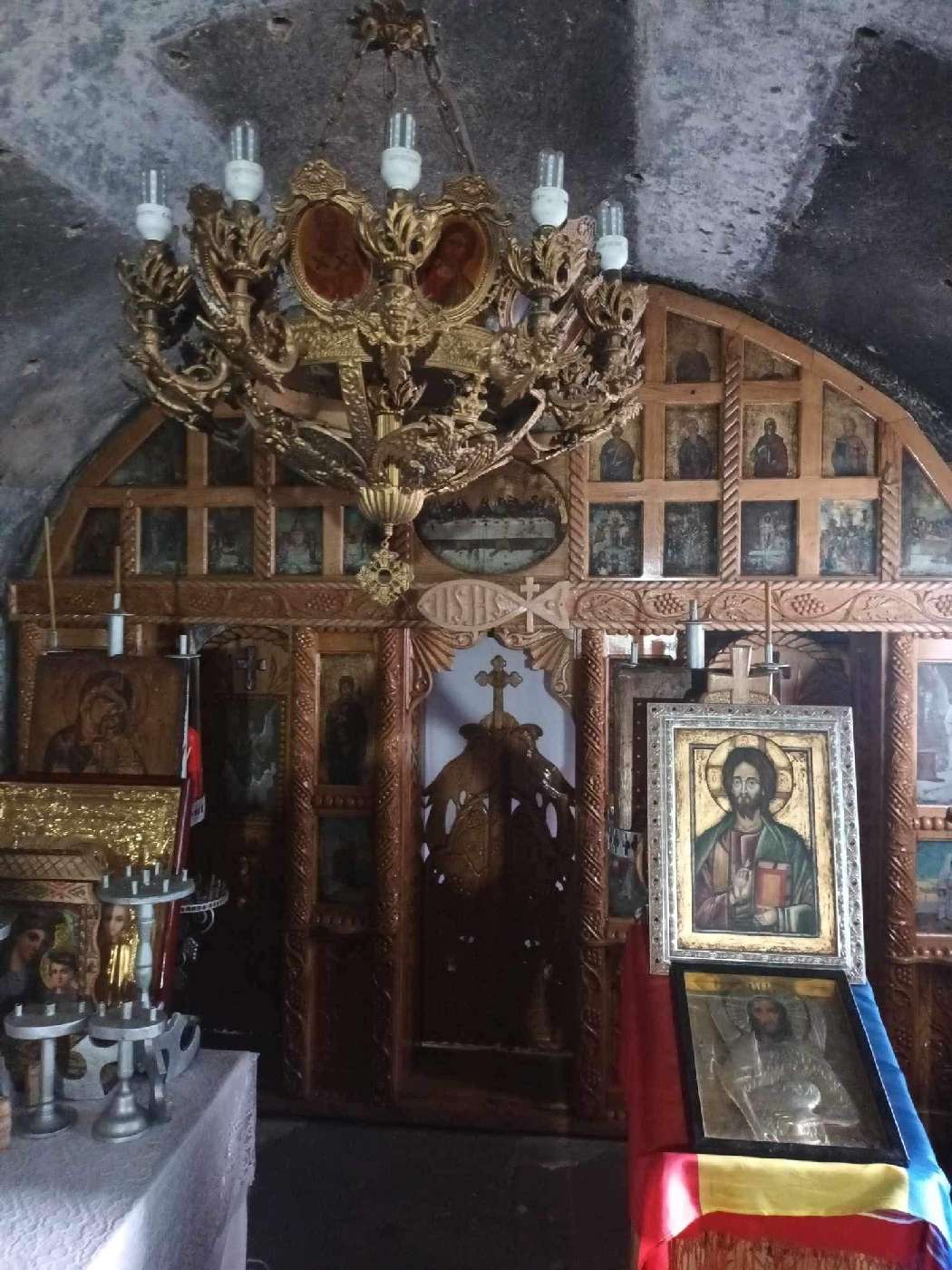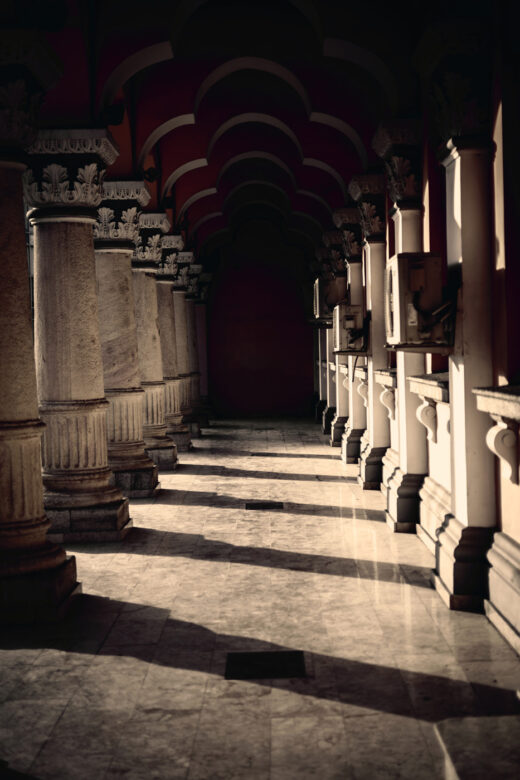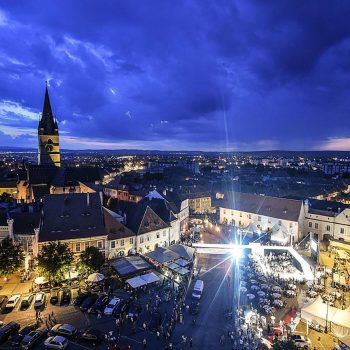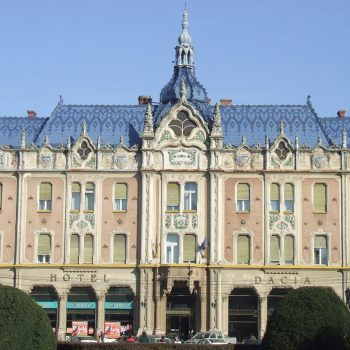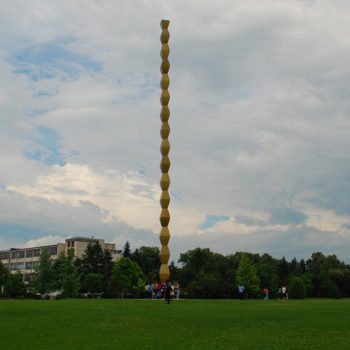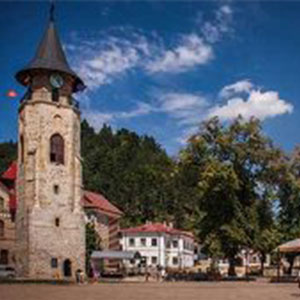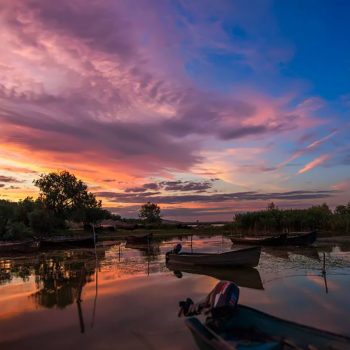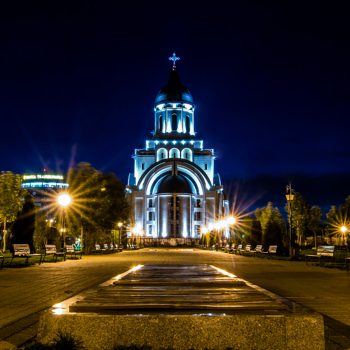Brief description: A charming place with mountains, lakes, wonderful views and businesses that sell their delicacies all over the country, all this is Buzău.
Information: Buzau | Buzau Land | Buzau County
And if you haven’t visited this city yet, then you should take at least two days to visit this city and the surrounding area. Whether you are curious about the mud volcanoes, want to take beautiful photos of the extraordinary lakes or just want to taste the traditional food from this area, you will definitely not forget this holiday. Even more, you will return with beautiful photos and a satisfied soul. So, don’t hesitate and fill up on enthusiasm and new knowledge here.
Buzau is the county capital of the county of the same name, has a population of 115,494 inhabitants and ranks 18th in Romania.
Sightseeing features
Town Hall (Rathaus)
First among the city’s landmarks is the Palatul Comunal (historically the Municipal Palace, now the City Hall), built in 1903. It is a castle-like building in the typical Romanian Brancoveanu style, like many city theatres and other buildings of the time.
Mud volcanoes
The mud volcanoes look as if Hollywood were filming a science fiction movie here and offer you an unforgettable experience. These volcanoes are actually small craters and cover an area of 30 hectares. The erupting lava is a mixture of water and clay produced by underground gases. In 1924, the Pâclele Mari- Pâclele Mici region was declared a natural monument.
Paclele Mici: have an area of about 10 hectares and are home to most of the mud volcanoes. Here the volcanoes have a height of between 2 and 8 metres, are already formed and have a cone-shaped crater from which “lava” flows. Although the lava appears hot at first glance as it bubbles to the surface, it is actually cold and the landscape looks like it is in constant flux.
Paclele Mari: cover an area of 20 hectares and are located a few kilometres northwest of Paclele Mici. The name of this region comes from the three large volcanoes located in the central plateau. The area is very poor in vegetation, with only a few trees surviving on this infertile soil. However, if you are looking for a green area, there is a forest nearby with fragrant lilac trees in spring and still other trees and plants. The mud volcanoes have been declared a geological nature reserve and belong to Berca and Scortoasa municipalities in Buzau County.
Slow Food Festival in Berca (3-4 times a year)Slow Food Buzau
The 3rd edition of the Slow Food & Gourmet Hub event, this time themed “The Taste of Buzau Autumn”, took place on 23 and 24 September at the Piata (square) Artizanilor in Berca, located about 15 kilometres northwest of the city of Buzau. There, for two days, one could experience a cosy atmosphere and browse through a large number of regional products, which could be purchased and taken home or enjoyed right on the spot.
The event offers many local businesses the opportunity to present their products and delicacies to a larger audience. This time, there were again many new participants from all over the region.
Buzau Mountains
These charming mountains offer visitors dreamlike views. The Buzau Mountains cover an area of 1,900 square kilometres and border Mount Ciucas to the west, Vrancea Mountains to the east, Pre-Carpathian Mountains to the south and Clabucetele Intorsurii to the north. At the transition to neighbouring regions to the north and south, there are differences in altitude between 200 and 300 metres, which appear as steep slopes. This is still clearly visible on the Paltineni-Colti-Lopatari stretch, where erosion has released some steep vertical walls of thick sandstone layers.
The Buzau Mountains include Siriu, Penteleu, Podu Calului, Monteoru and Culmea Ivanetu and all these mountains have marked hiking trails.
Eagle Lake
Lacul Vulturilor, or the bottomless lake as the locals call it, is located near the commune of Siru, Buzau County, an amazing region known for its enchanting landscapes throughout Romania. The lake is certainly one of the most popular sights of this region and a tourist attraction that attracts thousands of visitors every year. Located at an altitude of 1420 m, in the Siriu Mountains, on the eastern slope of Malaia, the lake covers an area of 0.90 hectares and although it is paradoxically called the bottomless lake, it has a maximum depth of only 2.5 metres. It is a periglacial lake and therefore offers visitors dreamlike views, full of magic and emotion.
History
The town is situated on the right bank of the Buzau River in the Carpathian Bend and has a mild climate. Buzau was an important market town and a bishop’s see in the Middle Ages and had agriculture and trade as its core activities. After the town experienced several destructions in the 17th and 18th centuries, economic and industrial development followed and the school system was redefined. During this period, Palatul Comunal (City Hall) was also built, the city’s most emblematic building, Park Crang was created and designed, and Buzau became an important railway junction.
The city expanded considerably during the communist period, tripling its population and building many factories, some of which are still in operation today. There are many historical monuments of national interest in the district town.
Some church complexes can be visited, such as the “Nașterea Maicii Domnului” built in 1649 or the “Adormirea Maicii Domnului” built in 1709. In addition, the “Buna Vestire” or the Bishop’s Palace, built in the 17th century, adorn themselves with their excellent architecture.
For historians, the county library “Vasile Voiculescu”, built in 1914, and the house “Vergu-Manaila”, from the 17th century, are a perfect place to learn more about the history of the region. The house is now part of a museum and houses a collection of ethnography and folk art.
Other historical buildings include the Palatul Comunal (built 1899-1903), the chapel (built 1841), the seminary (built 1838) or the administrative office (built in the 19th century).


